Navy Series

Introducing the Navy Series
the Navy Series is the backbone of ePropulsion electric outboard motors. It provides efficient and clean power for aluminum fishing boats, dinghies, daysailers and cruising sailboats. It is suitable for saltwater and freshwater use. Thanks to the direct-drive technology, the Navy electric outboard boat motor is quiet, maintenance-free, and reliable.









Build Your Navy System
Step 1
Choose Your Motor


Step 2
Choose Your Control




Step 3
Choose Your Battery
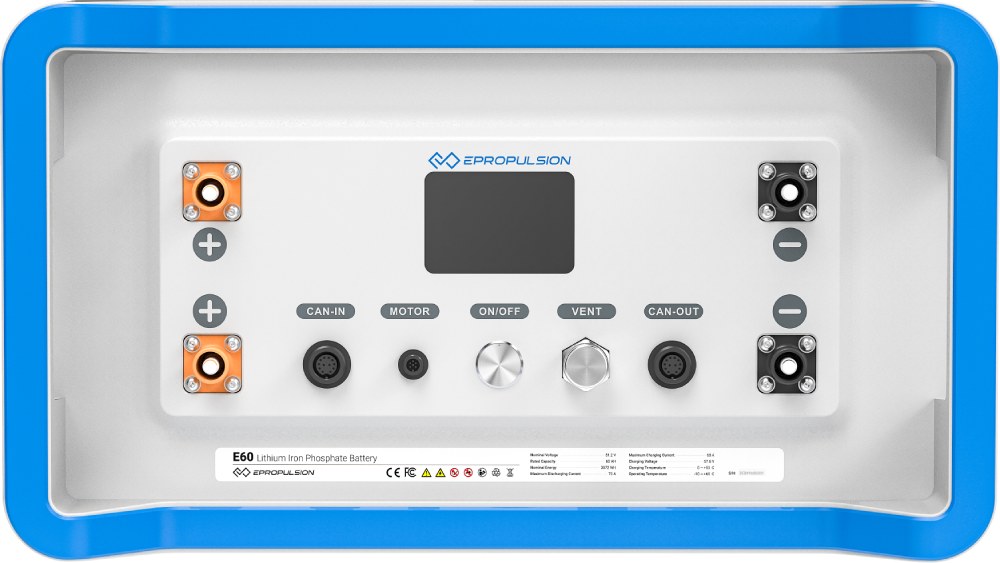
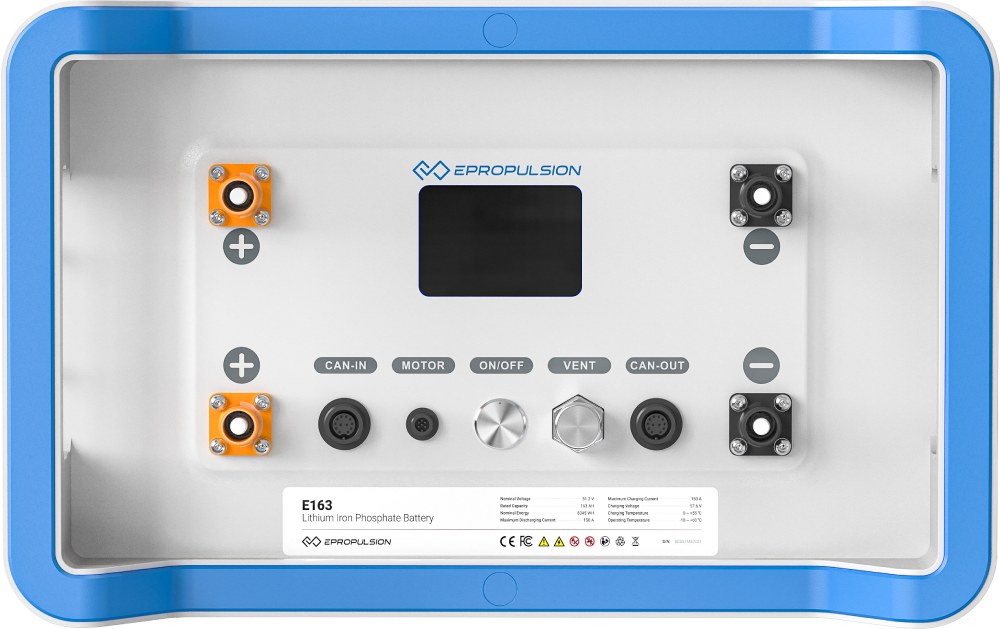
E-Series Lithium Battery


Competitive pricing
Unit price is as low as $0.5 per watt-hour.
High energy density
Longer life cycles
Made for ePropulsion Motors
Incredible Range
Navy Series electric outboard motors are impressively efficient to go further and faster.
Navy 3.0
Navy 6.0
With one charge, you can go 40 miles with the Navy 6.0 Evo, or go fishing all day long at trolling speed.
Round Trip
Navy 6.0 EVO + E175
Three Trips
Two Laps
Navy 6.0 EVO + E175
Three Laps
Round Trip
Navy 6.0 EVO + E175
Three Trips
Round Trip
Navy 6.0 EVO + E175
Three Trips
Four Evo Controls

Evo Tiller

Evo Top Mount Control

Evo Side Mount Control

Evo Dual Control
-
1Digital DisplayOffers real-time monitoring of the power, remaining runtime, battery level, voltage, etc.
-
2Electric StartPress the button and you’re ready to go. No more pulling the cord to start.
-
3Magnetic Kill SwitchWorks as an emergency stop key for ePropulsion electric outboards.
-
4Smooth Throttle ChangingDesigned with excellent throttle response and clear throttle hand feel.
-
5Adjustable Max Power OutputAdjustable full throttle power makes ePropulsion electric motors kid-friendly and suitable for rental boats.
-
6Ambidextrous OperationTurning throttle easily either from the left-hand or right-hand side.

-
7Safety Wristband
- Easy-to-use
- Man overboard protection
- Wireless connection
- Waterproof IP67
- Max connection up to 8 wristbands per motor
Hydrogenerator Empowers Sailors

Navy 3.0 / 6.0 Evo allows you to generate electricity with its hydrogeneration function. ePropulsion prides itself on being pioneers in the electric outboard motors market.
- The hydrogeneration data is based on real tests with the anti-ventilation plate installed.
- Navy 6.0 Evo is tested with a 12.6″ x 8.7″ three-blade aluminium propeller that you could order separately.
Specs
What's in the Box
- Navy 3.0 Evo
- Navy 6.0 Evo
- Tiller Control
- Top Mount Control
- Side Mount Control
- Dual Remote Control

Main Part

Tiller Shaft
Lanyard

Main Switch
Cable

Link Arm

Wrench Set

Invitation Card

Warranty Card

Quality Certificate

User Manual

Main Part

Tiller Shaft
Lanyard

Main Switch
Cable

Link Arm

Wrench Set

Propeller Assy x 2

Invitation Card

Warranty Card

Quality Certificate

User Manual

Evo Tiller

Kill Switch x 2

Invitation Card

Warranty Card

User Manual

Top Mount Control

Kill Switch x 2

Fixing Guuide

Warranty Card

User Manual

Throttle

Display Panel

Communication
Cable 0.5m

Kill Switch x 2

Screws and Nuts

Warranty Card

Fixing Guide

User Manual

Quick Start
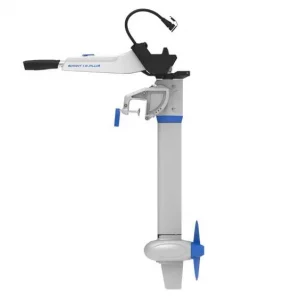
Main Part
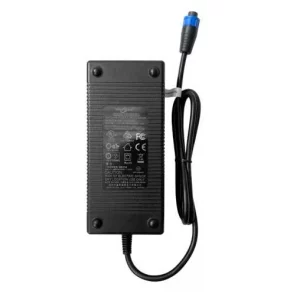
Battery Charger

Spirit Battery Plus
(Optional)

Spirit Battery Plus
(Optional)

Main Part

Battery Charger

Spirit Battery Plus
(Optional)

Spirit Battery Plus
(Optional)
FAQ
- Yes, but parallel connection is required. To power one Navy 3.0 Evo with a E40, you need two E40 batteries in parallel. To power one Navy 6.0 Evo with E80, you need two E80 batteries in parallel.
- We recommend the E80 battery for the Navy 3.0 Evo, and E175 battery for the Navy 6.0 Evo. For more info, please check ePropulsion Tutorial: ePropulsion E-Series Battery | General Instructions
- First, our original E-Series battery has the best unit price on the market, as low as $0.46 per WattHour.
- Second, the E-Series battery weighs 70% less than the lead-acid battery with equivalent usable capacity.
- Third, because of incompatible communication protocol, when powered by third-party batteries, the ePropulsion motor cannot access real-time battery status and apply the best operation strategy.
- Despite all these, if you still prefer third party lithium or lead-acid batteries. The nominal battery voltage should be 48V. The continuous discharge current should be over 62.5A for Navy 3.0 Evo and 125A for Navy 6.0 Evo.
The Evo top mount control has a built-in battery and it can be self-powered by its solar panel. When you use it with wireless connection and the control is at low battery level, you can charge the Evo top mount control with a communication cable.
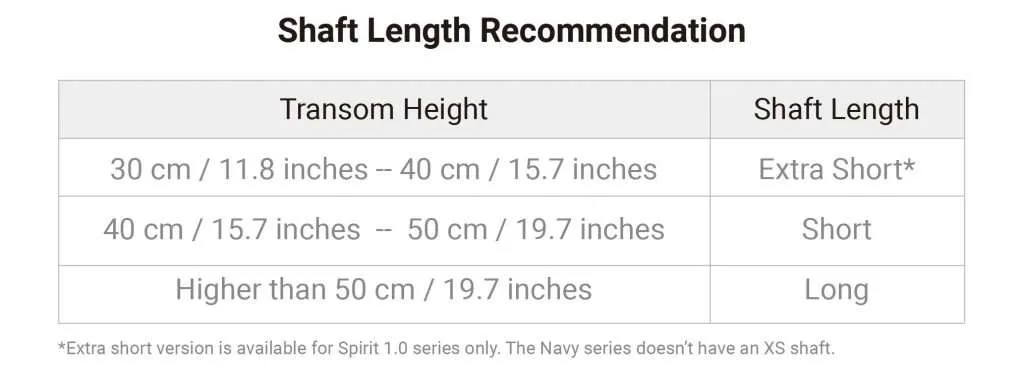 For more info, please check ePropulsion Blog: How to Find Your Shaft Length
For more info, please check ePropulsion Blog: How to Find Your Shaft Length
Yes, it is designed for extensive use in the saltwater. High-quality aluminum alloy is used as the base material, and an anodizing coating and powder coating are applied on top of it. For more info, please check ePropulsion Blog: How do we make an outboard corrosion-resistant?













